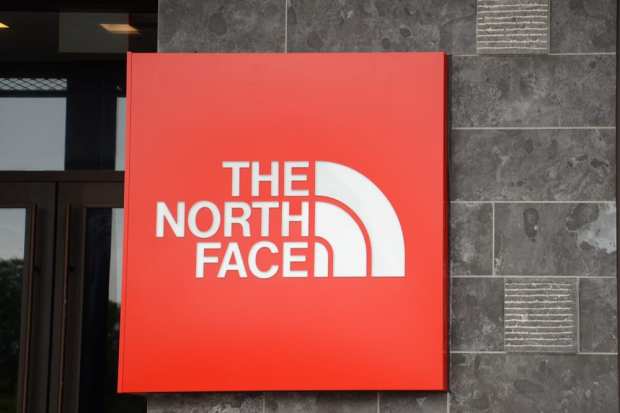The North Face On Bringing Outdoorsy Experiential Retail To The City

Some retail players attempt experiential retail through a series of slow, “toe-in” experiments – a pop-up shop here, a smart mirror there, perhaps an interactive store feature or two. The goal is to see if consumers use it and like it – and, more importantly, whether it boosts the bottom line well enough to justify a bigger investment.
And then there are moves like The North Face’s recently opened 8,000-square-foot store in Soho, designed to also function as a museum for the outdoor lifestyle – and the products that support it. Mark Parker, vice president of the direct-to-consumer division, described it as an “experiential base camp” where consumers can work directly with experts to tailor what they buy to the activities they are pursuing.
“Our store will continue to offer a convenient and seamless shopping experience, but it is no longer the sole mission of the store,” Parker explained. “We’re now focused on creating an environment that highlights our heritage and allows consumers to deeply connect with the brand as they prepare for their own exploration, wherever it may be.”
In practical terms, the store is divided. The “museum” part of the store features interactive displays that explain and promote the brand and some of its more famous pieces of gear, such as the camp duffel bag, the Nuptse Jacket and the Himalayan suit – as well as a glass display of specific pieces of gear that have gone on historic adventures with the outdoor athletes sponsored by the brand. The retail experience is divided into theme-based display areas – one dedicated to bags, one for hiking and trail running and one dedicated to mountain climbing, particularly in extreme climates, terrains and environments around the world.
Layered over and around that experience are the store guides, who do more than merely sell goods and push products. As Parker noted, the guides are there to help customers shape their entire experiential relationship with the outdoor lifestyle. They suggest destinations for travel, help customers connect with each other in real life to plan their own group expeditions and might even participate in the planning process.
Consumers’ most common request, according to The North Face, is a better way to pursue outdoor exploration. By virtue of its unique positioning in the market over the last five decades, The North Face has the gear and tools to help support customers on those journeys, Parker noted – but they also have expertise beyond merely outfitting them for the trek.
Consumers, particularly those living in and around Manhattan’s SoHo neighborhood, may aspire to live a more outdoorsy lifestyle – but the prospect of getting out there and doing it can be intimidating. Finding the right tent to purchase isn’t always as easy as conducting a Google search – and even if it was, it wouldn’t be all that helpful if the customer doesn’t know how to pitch that tent. Learning in the woods doesn’t generally make for the ideal camping experience.
That kind of data is exactly what store guides are there to disseminate, as The North Face reconsiders what part it will play in the next phase of retail – when there is suddenly a flood of DTC specialty outdoor retailers in the market, subtly (or not) advertising North Face levels of quality, without the brand’s associated summit-high prices.
Increasingly, it seems, The North Face plans to not just sell the gear, but also to teach and assist customers about the gear’s use.
Will the strategy sell more gear, as The North Face is hoping?
The brand has certainly bet on the concept, with the expanded stores already set for locations in New Jersey and Washington State. The North Face has also confirmed plans to refresh the majority of its fleet of stores by the end of 2024, with an eye toward the more experiential retail experience.
And while we aren’t sure how many consumers are avidly interested in the history of The North Face’s more famous products – outside of those who are already massive enthusiasts and loyal customers – we can imagine all kinds of urban outdoor enthusiasts that could be lured by the promise of learning how to actually pitch a tent.
